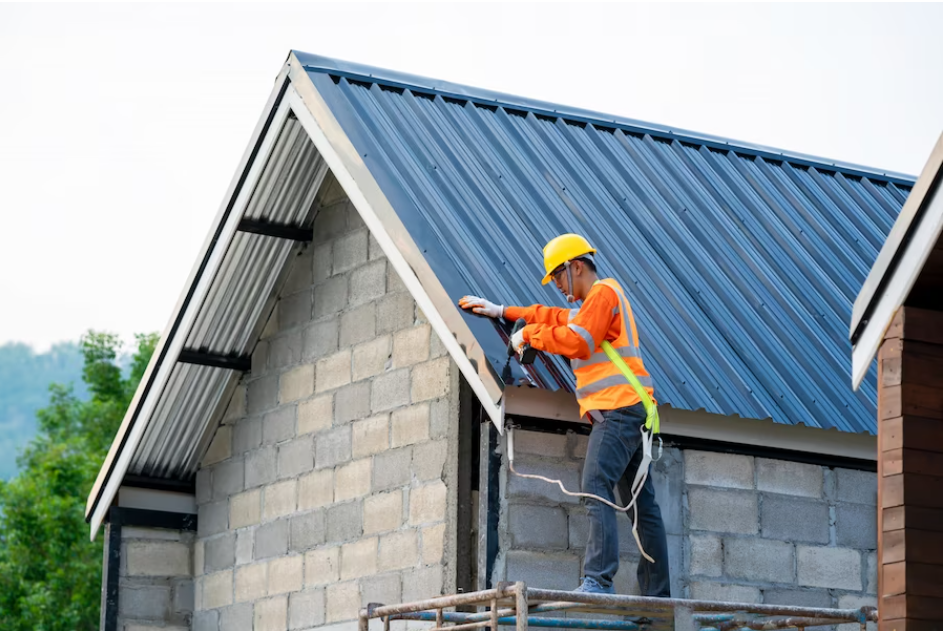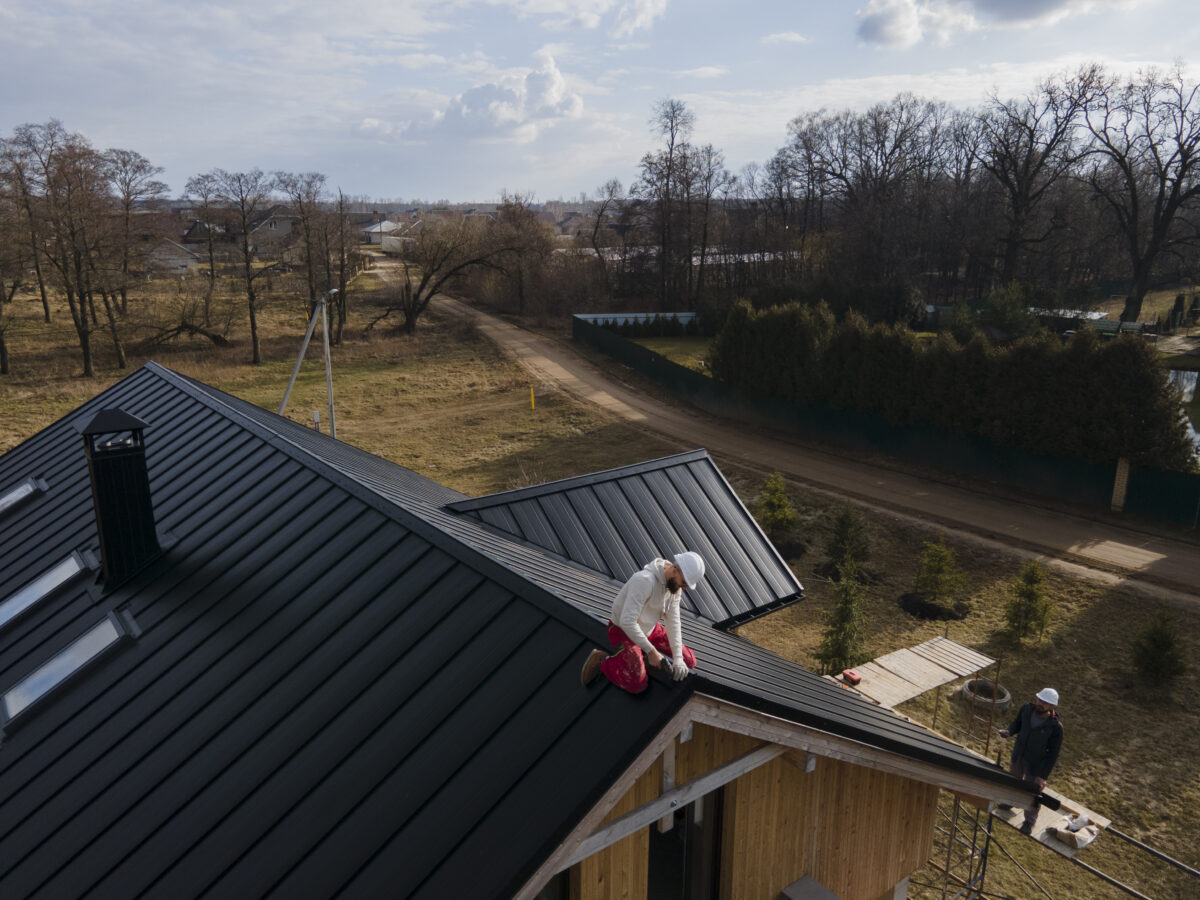The roof plays a key role in protecting your home from weather conditions and maintaining its structural integrity. However, it can deteriorate over time due to weather fluctuations or natural disasters. Determining when it’s time to replace your roof involves assessing various components such as the roof decking, underlayment, insulation, and shingles. Replacing the roof allows for upgrades to newer materials and technologies, providing better protection and energy efficiency. Recognizing the signs that indicate the need for a replacement ensures ongoing protection and potential cost savings.
Aging: Roof Aging is a primary factor necessitating replacement, as different roofing materials have varying lifespans:
1. Asphalt Shingles: Typically last 20 to 30 years.
2. Composition Shingles: Generally, have a lifespan of 12 to 20 years.
3. Wood Shingles: Can endure for approximately 30 to 40 years.
4. Rubber Roofs: Typically last 30 to 50 years.
5. Clay tile roofs: Generally, have a lifetime of 50 to 100 years.
6. Slate Tile Roofs: These can last anywhere from 75 to 200 years.
The effects of changing weather conditions gradually weaken roofs, leading to damage. Thus, it’s crucial to replace a roof once it surpasses its expected lifespan. Apart from weather conditions, improper usage and maintenance can also significantly affect the lifespan of a roof.
1. Moisture Problems:
Moisture damage caused by snow or rain is a major issue for roofs, affecting around 80% of the roofs as they near the end of their lifespan. Even starting as minor issues, moisture problems can worsen over time, leading to the growth of mold and fungi, which are harmful to health. Often, these problems go unnoticed for a while, eventually requiring the roof to be replaced.
2. Visible Damages:
Different types of roof damage, such as damage to flashing, curled shingles, and damaged vents, clogged gutters are common issues. Wind damage, in particular, can cause shingles to become loose or even detached. When the damage is limited to a small area, repairs can usually address the problem. However, if a significant portion—around one-third—of the roof is affected, replacing the entire roof is often the best solution.
3. Missing Granules:
The granules on shingles act as a barrier, stopping rain, snow, and ice buildup, and they also reflect sunlight to shield the roof. They can become detached over time due to hail or impact from tree branches, reducing the shingles’ protective capability. Loose granules from shingles can accumulate in downspouts and yards, potentially indicating widespread granule loss. When this occurs, replacing the roof is often necessary as the loss of granules creates bald spots, leaving the shingles vulnerable to cracking and other damage.

Conclusion:
Ensuring the long-term health of a roof involves expert installation and the use of high-quality materials. Regular roof maintenance is also crucial for its well-being. Moreover, given the current dynamic weather conditions in Ohio, proactive preparation and timely replacements are indispensable.
At GoodGuys Roofing, we provide premier roof replacement services for residential and commercial properties. As certified CertainTeed shingle masters and Owens Corning preferred contractors, we offer a manufacturer-backed warranty of 50 years and a 10-year workmanship warranty.




